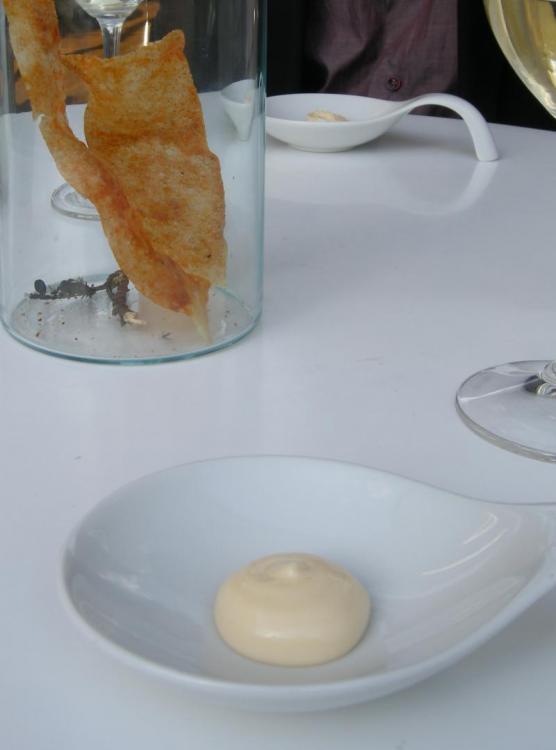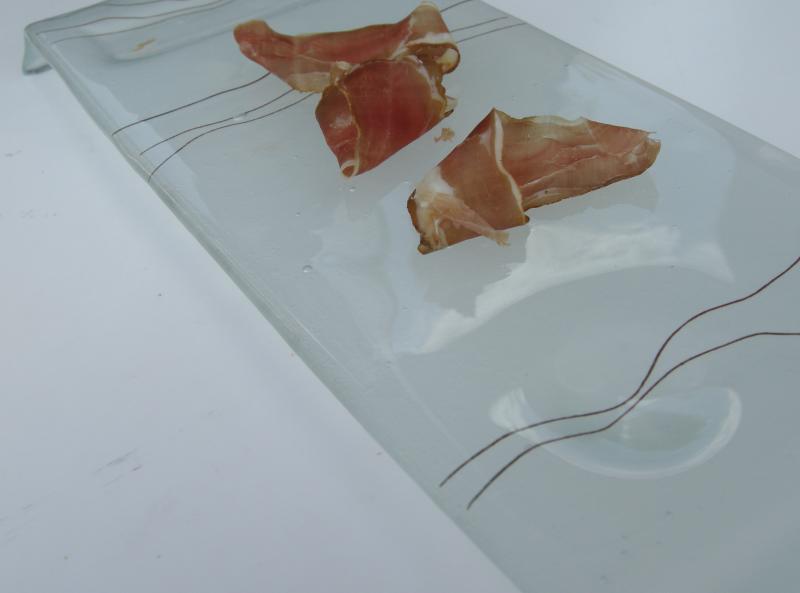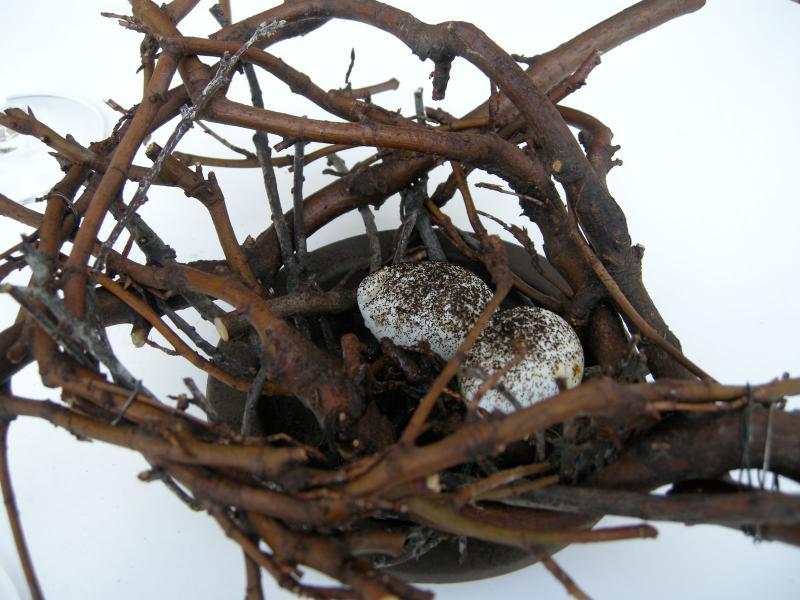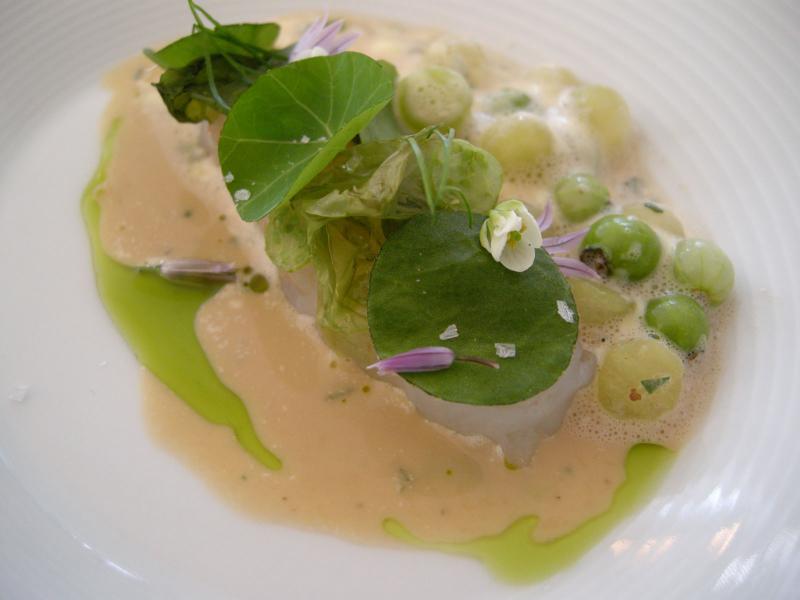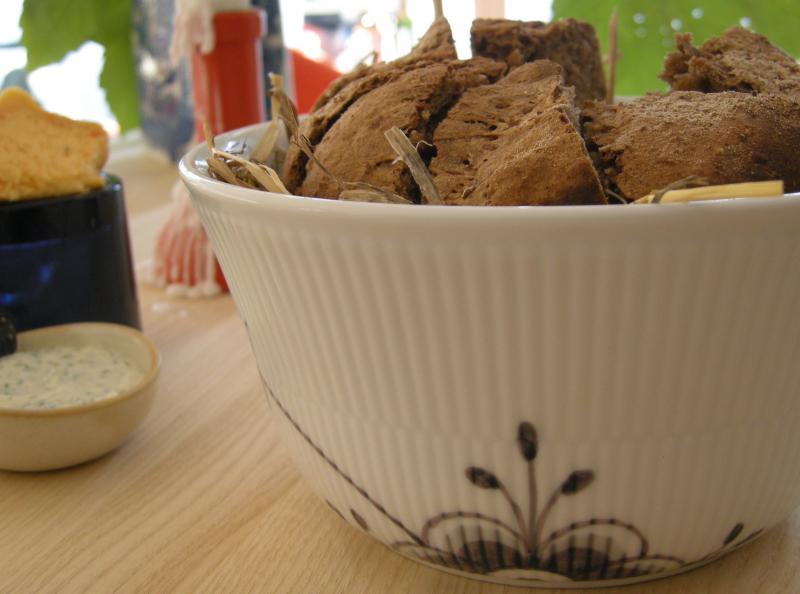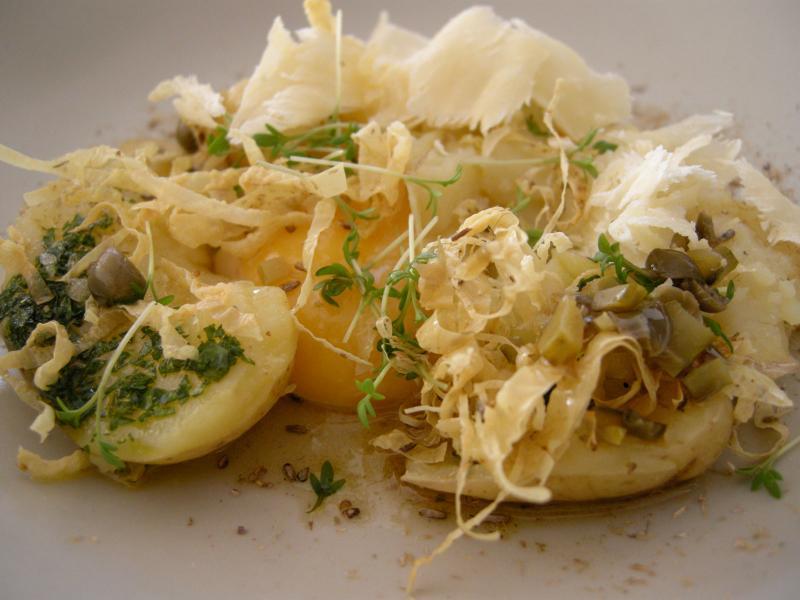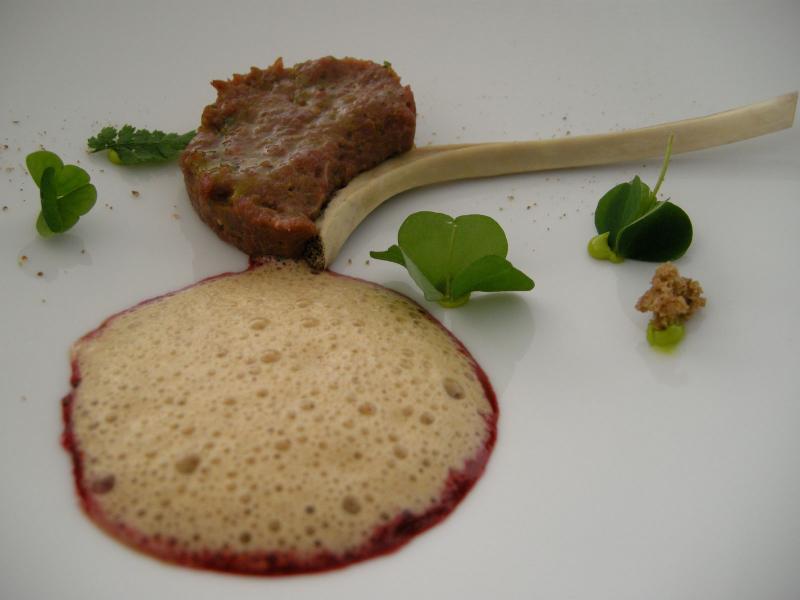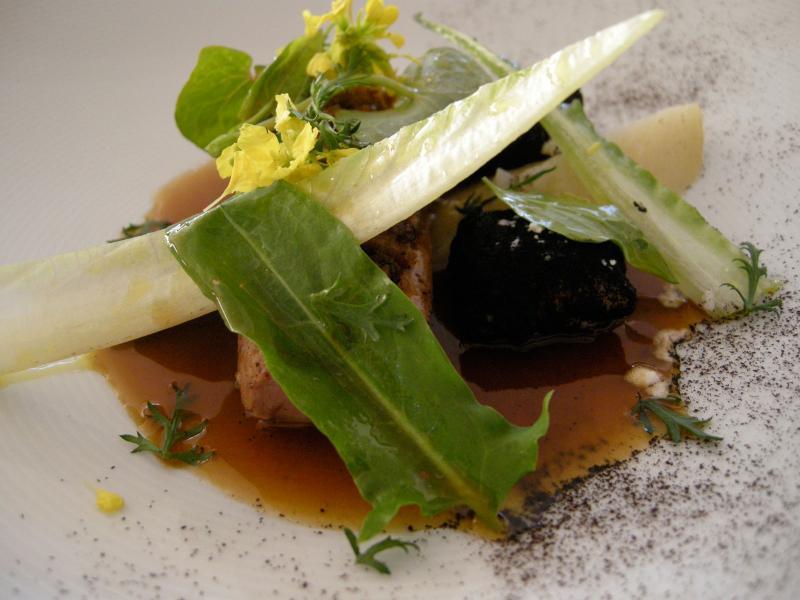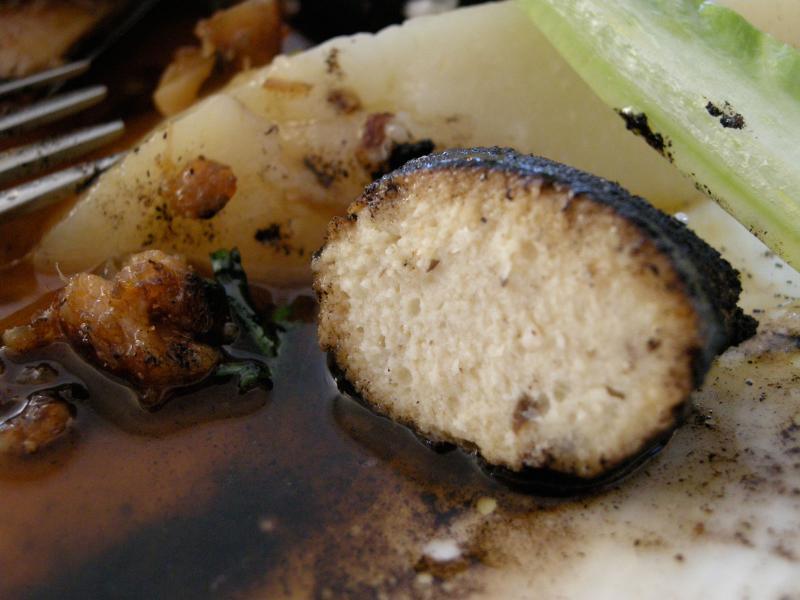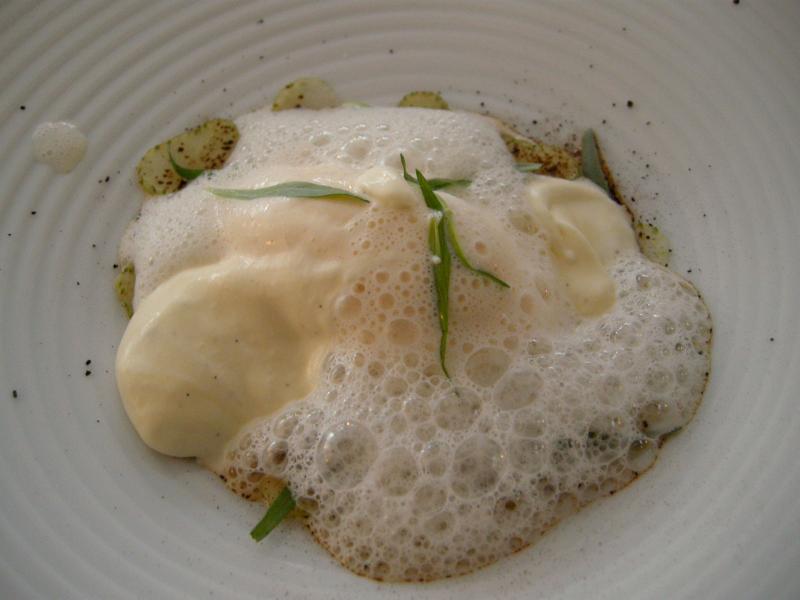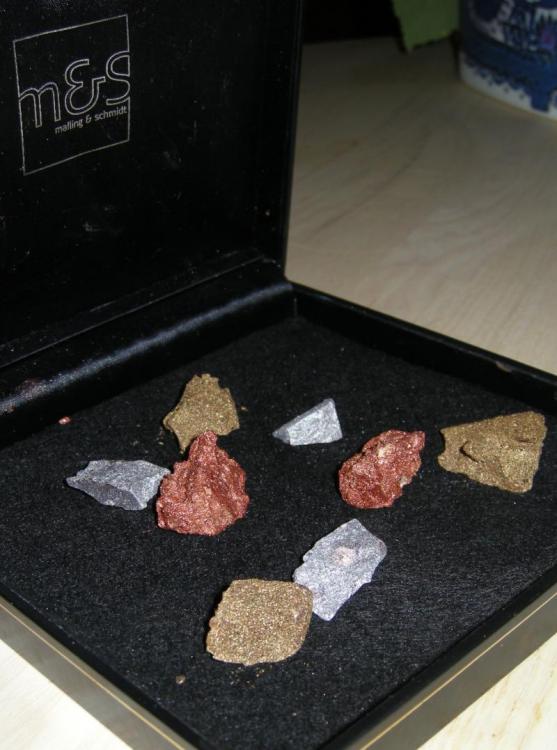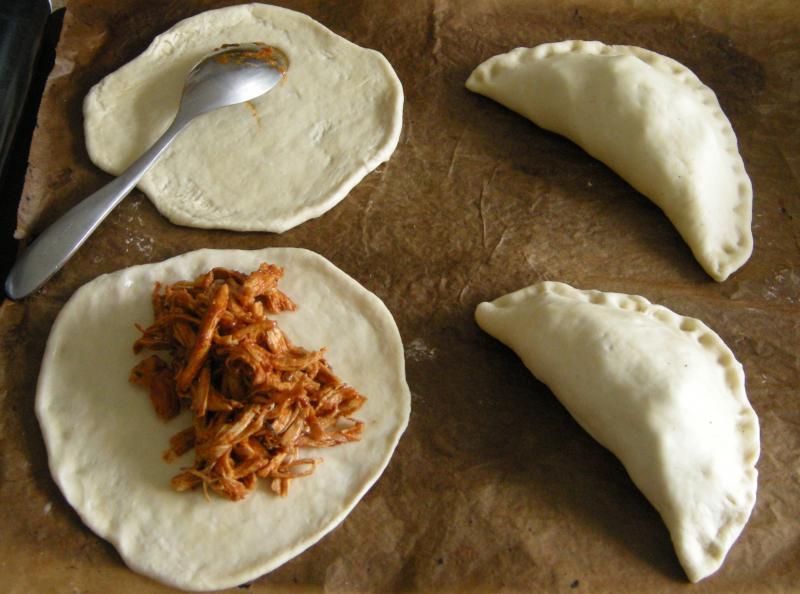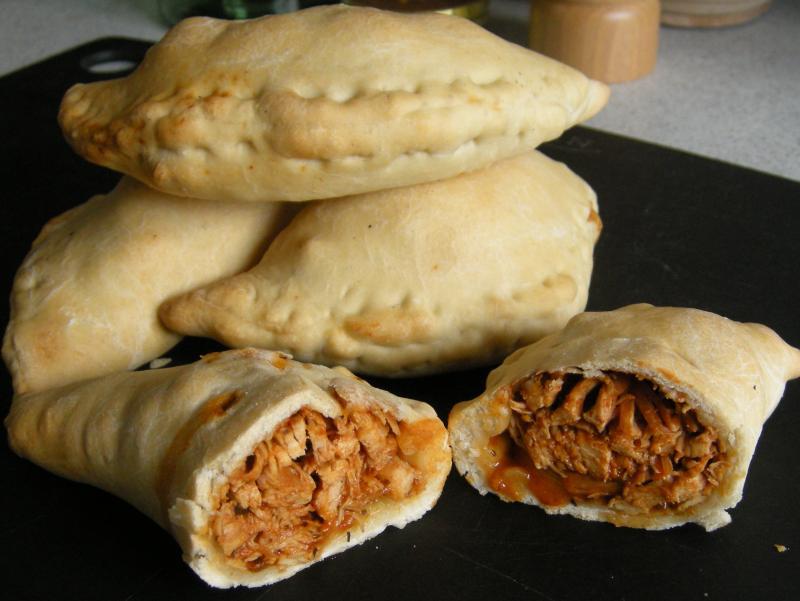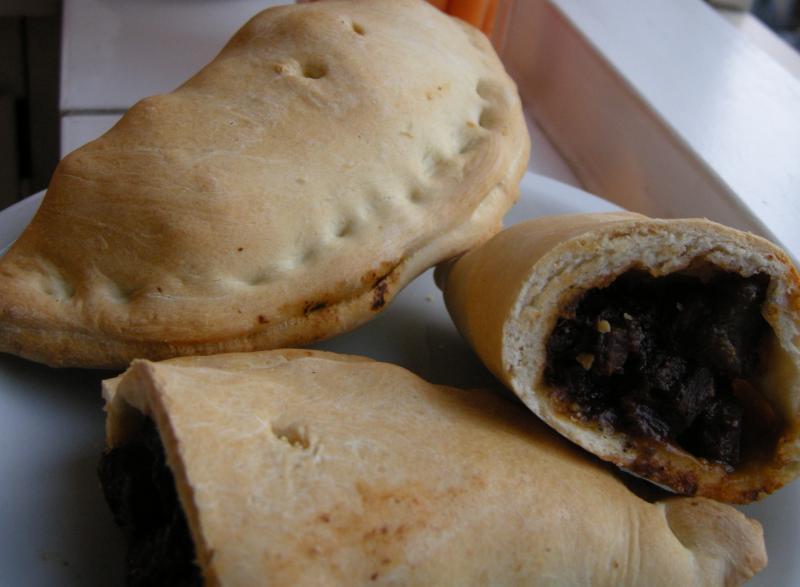-
Posts
7,657 -
Joined
Content Type
Profiles
Forums
Store
Help Articles
Everything posted by Mjx
-
For the lettering, is there any way you could use transfers, or compose a stencil? When I'm doing lettering on a cake, I usually work out the characters and spacing on a paper mock-up of the surface, then copy it onto the cake surface itself using needle (stuck into a chop stick), whose light scratches are really only visible if you're looking for them, so a small mistake seldom shows. Could you do something like that?
-
We don't have a combi oven, but do have the Gaggenau BO 270 oven and also the CE 490 stovetop, and the performance and reliability are top notch for both; great brand.
-
I wish I could say I was in, but I handle carbs and dairy poorly, which already restricts my choices most of the time. But I hope you don't mind my asking whether you'd care to elaborate on your reasons for doing this (my parents made this decision for life, over thirty years ago), or, if that's too personal, what meals you're planning for the week.
-
A few weeks ago, my boyfriend took me out to dinner at Malling & Schmidt (M & S), a restaurant I’ve wanted to try for several years, ever since he came home from a business dinner there with an extremely enthusiastic report. The restaurant is the joint effort of Thorsten Schmidt (Chef) and Rikke Malling, and lies a little outside the centre of Århus, the largest city in Jutland (the mainland of Denmark, bordering Germany to the south). I was particularly interested in seeing how their premise of creating 'regional Nordic food' would turn out, since my quest (ongoing since 2000) for attractive Danish cuisine has been a little disappointing, to say the least: Although many Danes have gardens that yield wonderful produce, unless it is served fresh, it tends to be boiled at length, and since the growing season is short, most of the year only imports (mysteriously second rate or worse, despite their really high prices) are available. I've eaten at some excellent restaurants, but none that focused on locally and seasonally available ingredients. I had hopes of fresh, kindly treated produce and meat, and some interesting Danish specialities and presentations (and licorice: I love licorice). The restaurant definitely lived up to expectations: From the site to the food, there was a sense of every detail having been carefully thought out. Their menu changes monthly; this was their June 2011 menu. M & S do a single seating, and we arrived at 19.00 (Danes dine early, usually at about 18.00, so this was 'late'), with the sun filtering through the leaves of the linden trees outside. The amuse-bouche are served on the small, enclosed terrace, while you look over the menu. There is a choice of three, five, or eight courses, accompanied by three, five, or eight wines. We considered this over a glass of wine and smoked paprika potato crisps in a sealed jar with smoking twigs, Something very like prosciutto, but from leg of lamb, and lightly smoked, and soft-cooked quail’s eggs in a nest of twigs: I'm not an egg person, something I got around by approaching the eggs as a completely unfamiliar food, and ended by really enjoying these; the texture of both white and yolk was almost creamy. Having decided on the five course menu, with five wines for my boyfriend, and three for me (I was taking the pictures), we happily moved indoors (it as starting to get chilly, although a few brave souls remained outside, wrapped in the blankets provided by the management). The kindly sommelier described each wine (and the beer) in earnest and enthusiastic detail. Unfortunately, what with my Danish being particularly thin in this area, and my having a very poor memory for wines (nope, didn't think to take notes, either), I am ashamed to say that I have no recollection of the names or vintages: I feel this needs to be mentioned, or my failure to discuss the wines might suggest they were best not discussed, which is not at all the case (to use technical terms: I really liked them). The first course was langoustine (Nephrops norvegicus) with green gooseberries, baby greens, including nasturtium leaves, and a langoustine reduction, and made me feel glad that my birthday is in the summer: Some extremely good rye bread – full of rye flavour, but not at all heavy or gummy – accompanied by a flavoured butter and seasoned ymer appeared between the first course and the second, a straw-inspired salad of steamed new potatoes, lovage, flakes of well-aged Svendbo cheese, and a flax-straw-smoked egg yolk. This would have been a challenge for me, since I don't normally like eggs or cheese, but I'd taken a preemptive strike at my array of ingredient prejudices by carefully absorbing a couple of glasses of wine, and actually wished there had been more of this savoury mix. The next course was roe deer with freshly ground spices, a blackcurrant reduction, and a game foam. The flavour was full, without being harshly gamey, but texture puzzled me: It was extremely soft, almost like a pâté, and the flavour did not mesh with my idea of what venison would be like if cooked sous vide. So, we asked: it was a tartare. I confess I would have been happier without the foam, which I felt diluted the fantastic blackcurrant reduction that could have easily stood on its own (in general, although I don't dislike them, I'm not enthusiastic about loose, bubbly foams). The main course was pork tenderloin, with red currant preserves, small ‘charcoal briquettes’, quenelles of pork tenderloin dusted with asparagus charcoal (used, it was explained, because it does not become bitter when it carbonizes), with demi-glace, baby greens and mustard (?) flowers. This was extremely tender without being mushy, and the demi-glace left my lips nice and sticky . Dessert was accompanied not by a wine, but a beer, which I thought was unusual and interesting, although I had some doubts as to how this was going to work out. It actually worked extremely well with the summer vegetable ice cream (asparagus was specifically mentioned, but other vegetables may have been in there, too) and foam on a bed of immature strawberries and a Bornholm licorice sauce, adding a traditional note to an untraditional ice cream flavour (licorice is an extremely popular and familiar flavour in Denmark). The layering of flavours, textures, and temperatures made this one of the most interesting dishes, despite my initial (usual) scepticism regarding vegetable ice cream: This is something I would seriously consider making. We finished with coffee, which was accompanied by chocolate ‘stones’, and a brief fictional narrative involving Vikings, delivered by the slightly blushing sommelier (by this point, it was well past ten, and the light was going, so the image isn't what it could be). This was the perfect summer dinner, including their lovely, light take on traditional dishes, and ingredients that were in one way or another, very characteristically Danish (in terms of source/role in Danish cooking). The interior too, was full of light and air, the decor managing to steer a refreshingly welcome course between minimalist and rustic. The waitstaff was friendly without hanging all over the diners, and the open kitchen was interesting and reassuring to watch. If you're in Denmark, and looking for a place that does terrific job of showcasing some of the most interesting and attractive ingredients that the country has to offer, Malling & Schmidt is definitely a place to check out: I'd go back in a heartbeat.
-
Have you tried amazon.co.uk or amazon.de (in which EU country are you?)? I've seen at least the basic Japanese ingredients (noodles, various sea vegetables, etc., and sometimes the array is truly impressive) in virtually every EU city of any size that I've visited, and if you're a regular, you may be able to get the shop owner to cut you a deal on bulk quantities.
-

eG Foodblog: FrogPrincesse (2011) - From tartines to tikis
Mjx replied to a topic in Food Traditions & Culture
Sausage making is something I've considered trying for a while, so I enjoyed seeing this step-by-step. And happy anniversary! -
OXO tools are pretty good on both counts. The thick, soft rubber handles on OXO tools are quite kind to hands with a lot of mileage on them (after initially resisiting it, my parents came to love the OXO can opener I gave them), and they're (apparently) designed for ambidextrous use, so I have quite a few of them, too (my boyfriend and I are both left-handed). However, I've found that as long as tools aren't designed to be used with the right hand specifically, I have no problem using with them.
-
Short answer: No. Spelt is essentially a form of wheat, and behaves virtually identically to it (sifted spelt flour has a gluten content of about 12%, or at least the bag I'm looking at does; I use it more or less exclusively). None of these potential substitutes has any gluten at all, so you'd almost certainly end up with rather tragic little bullets (I've never worked with xanthan gum, although I've seen it listed as an ingredient in rice breads I've eaten, none of which I can honestly recommend, but my experiences may not represent the rule). Your best substitute would be all-purpose flour: All other things being equal (e.g. source, processing), it is no more unhealthy than white spelt flour. If you have whole spelt flour, you could try using just that, but the results are going to be on the, well, rugged side. But if your guests are as health conscious as all that, they may even like that.
-
ATK tested this, and the findings were that, if the oil is properly heated, this is absolutely correct (The Best Recipe 1999 p. 147). If you don't feel like frying, and don't mind the amount of time involved in alternative cooking method, why not just make them in the oven? They take about half an hour to finish at 230C/450F, a bit less time, if you toss the potatoes in a little oil before baking.
-
I really enjoy chilled mugicha; its slight smokiness really hits the spot. I'd add two coffee scoops (I never weighed it, and at the moment have none to weigh) to a litre of boiling water, take it off the heat, and let it steep until it's room temperature, then strain and chill.
-
Gold strikes me as a tiny bit pompous (particularly for someone who forgot to use spell-check ). Food preferences are so personal: I don't particularly care for meat cooked sous-vide, because the consistency inevitably reminds me of airplane-meal meat (which I eat far, far too often), which puts me off, ever so slightly, as does the fact that I always get a faint whiff of wet dog from it (I'm completely ready to accept that this may be an olfactory hallucination). I do not mention these objections when I'm dining with people who rave about the technique, however: Why rain on their parade? As a technique, it also looks like it would be really interesting to work with, and I can definitely appreciate the level of control it gives.
-
It's news to me that any 'real New Yorker' would compliantly swallow that sort of statement. All I could think of when I read that, was my great-grandmother's favourite dismissive retort: 'Go to hell, that's what you are!' (she came to the US in her 60s, so her English never quite achieved flawlessness).
-
It's a design flaw I guess cuz I've had at least 2 bottles of ED12 that have had the same problem, just this year. I just used a corkscrew to pull it then left the cork sticking out enough to get a grip on the next time, like you did. ED12 is my preferred sipping rum. Just lovely stuff. Odd. Perhaps poorer grade cork is being used? I just had this happen to me today with the Patron XO Cafe, but assumed it happened because of some shortcoming in my cap removal technique.
-
I think that's silly. I was born and bred, and spent the longest chunk of my life in NYC, and I prefer bagels toasted. True, it's about the only thing that makes crummy bagels decent-ish, but it certainly doesn't hurt even the best bagel. And let's face it: a lot of the time (okay, not in the summer, perhaps), hot bread, regardless of the type, is one of the best things on the planet.
-
I'll gladly accept commendations on those, too. I'm afraid you'll have to do a bit of experimenting, since different places have different selections available (I was an undergrad in Western NY, and NYC). Bird's Eye and Green Giant were pretty good, but I usually got the store brand, since it was quite a bit cheaper. Store brands are not equal in quality (some are lousy, and others almost surprisingly excellent), however, so it took me a while to get find out which supermarket had the best of any given frozen (or tinned, for that matter) vegetable. For legumes, I also really like Goya products, but I mostly relied a lot on the dried versions, since they're even more cost effective than tinned.
-
Patron XO Cafe liqueur (I haven't seen the new bottles they show on Patron's website, here). According to the shopkeeper, it is really difficult to move here, since Danes cannot see paying more than a few bucks for a bottle of tequila. Man, I just love this stuff.
-
I think frozen vegetable are comparable, price-wise, to tinned things, and in many cases, have a much nicer texture (I'm thinking of peas and string beans, in particular, and probably anything green, in general), so if you have even a small freezer, I'd keep that in mind. Tinned beans, corn, and tomatoes can be real life savers. I pretty much lived on frozen peas, and permutations of rice and beans during my first year of uni.
-
Tonight I gave the not-exactly-empanadas another go, using the remainder of the dough from the other evening, but rolling it thinner (I added a little water to it, to see whether that would make it easier to roll out very thin). For some reason, the dough had become more elastic, and it was recoiling like crazy, so getting it to the proper thinness was something of a job. This time I made a spicy chicken filling (and remembered to shoot from far enough back that I could crop the images to something uploadable). Unfortunately, my decision to use yeast in the dough (it was a really tiny amount, I thought it would make for a better texture) made them puff rather grotesquely; these are not pretty (these are the most unattractive empanada-type things I've ever made; the ones made with pastry dough have always been so neat and perfect looking), but the flavour and texture were several orders of magnitude better than their looks. The takeaway from this entire experiment is that +oil is good, +yeast, not great. But I've pretty much nailed the crust texture I've been seeking; I just need to figure out what to call these things. From the other night, the venison version:
-
Not claiming to be an expert, although I cook a lot of beans, but my understanding is that (assuming all your beans were covered by fluid the entire time they were reconstituting) the less tender beans are older, leftover stock that has been mixed in with fresher stock. Don't know whether there's anything to do about that, either: Whenever I've had a batch of beans with this problem, no matter how long I've soaked or cooked them, the hard beans never really fully softened. I pick my beans over pretty carefully, too, and I've never been able to spot the old beans.
-
I'm giving this a bump, since I'm curious: What's your preferred saffron, in 2011, and where do you get it?
-
I turn off the fan and use bottom heat only for the first 20 minutes, and I also put in a panful of boiling water with the bread. After about 20 minutes (when the rising is complete), I remove the pan of water, and turn the fan on. Unless I'm in a rush, I have the bread rise outside the oven, for as long as it takes; rise, texture, and flavour are significantly better.
-
I've never been happy with the dough recipes for empanadas: I like a lean, soft dough for these things, and it has always eluded me. I decided to try adding a lot of fat to a plain dough, since I noticed that doing this makes for very soft bread. I first combined 500g flour, two grams of cake yeast, half a teaspoon of salt, and 250ml (a little over a cup) water, then added in 60ml (about a quarter of a cup) of olive oil. This made for a really nicely behaved dough: it stretched without much recoil, and no tearing, although next time I'll add a bit more water, to make stretching the dough easier; this time, it was pretty dense, and the crusts were on the thick side. I was originally planning on making a seafood or chicken filling, then my boyfriend requested ham, which didn't thrill me as a concept, then I noticed a frozen block of cubed venison while I was out shopping, and decided to go with that. While I browned some garlic and onion, I broke down the venison into smaller (1cm/0.5") dice, bloomed some celery seed and a couple of cloves, browned the venison, deglazed with a splash of whisky, added enough stock to cover the cubes, added some tomato paste, rosemary, a bay leaf, some reconstituted porcini and their liquid, and a bit more celery seed, and simmered everything for a couple of hours, until the venison was more or less tender. Then I just took the lid off and reduced the mix until it was thick enough to be manageable and not ooze about while I was filling and baking the empanadas. They were baked at 205C for a quarter of an hour, at which point they were lightly browned. They were a bit misshapen because I was not as careful and precise in forming them as I would have been: I was a bit rushed towards the end, since everything took much longer than I'd expected, and it was well past eight--incredibly late for dinner, here, and I was losing the daylight by which I wanted to shoot these--by the time I got these into the oven. However, the venison and mushroom combination worked really well (my boyfriend bagged one for his lunch today), and I was fairly happy with the dough, too, although as I mentioned, I'll be making the dough a little more slack next time (and perhaps skipping the yeast, which was fairly pointless), and stretching it thinner.
-
I like glass lids (and cookware) conceptually, but I worry they'd be smashed in no time--unpleasant experiences having taught me that, in general, in the kitchen, when something starts to head for the floor, it's best to let it fall (think hot, sharp)--so I avoid them.
-
I'd definitely communicate with the restaurant: As others have pointed out, there are plenty of things that might have caused the food poisoning, but if they restaurant has had other previous issues of this sort, it would give them a chance to have a word with their suppliers.
-
Greaseproof paper has a different coating than baking paper, and isn't intended to be non-stick under baking conditions, so I don't think any brand is going to give satisfactory results (I found this out the hard way, when I mistook a roll of greaseproof paper for the roll of baking paper next to it, at a friend's home).




